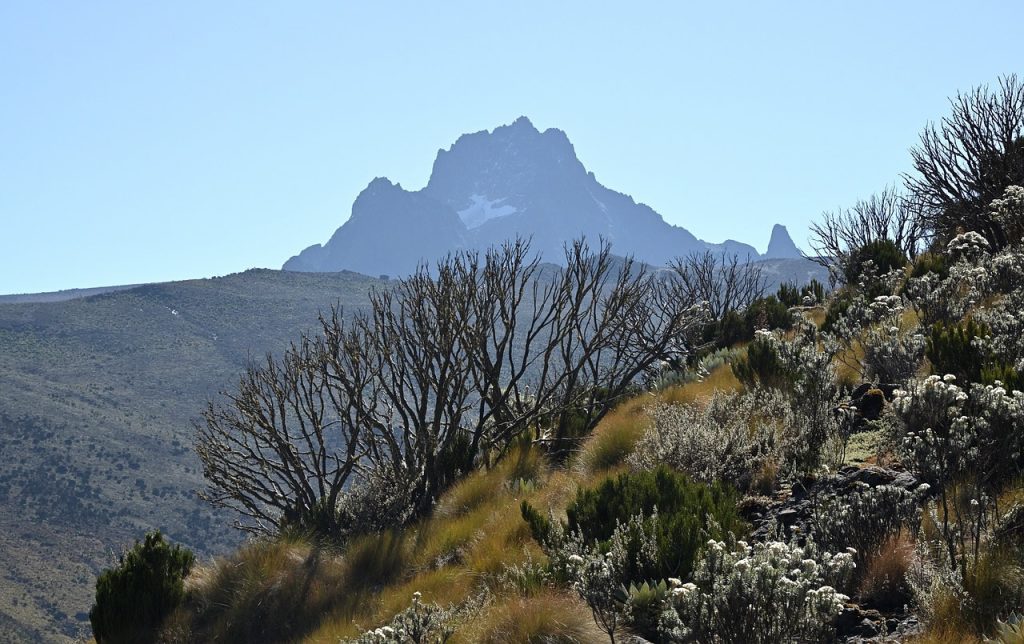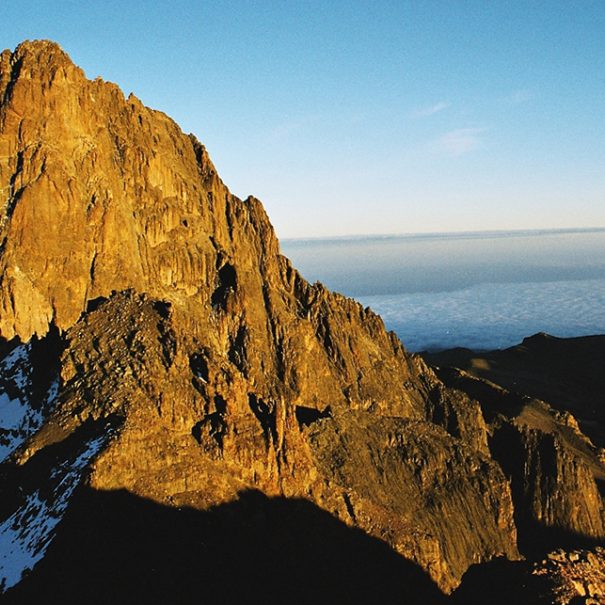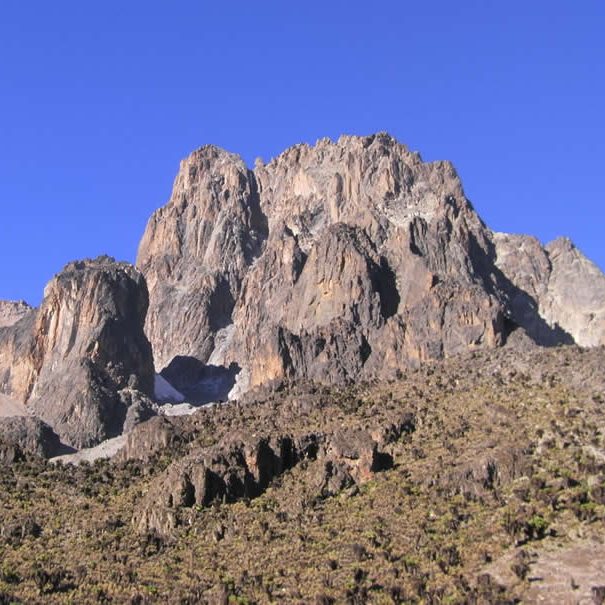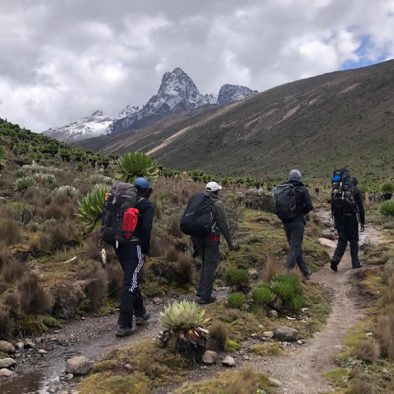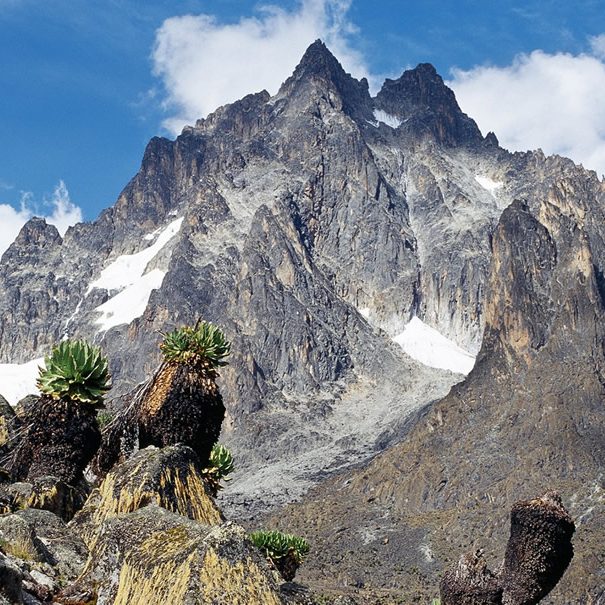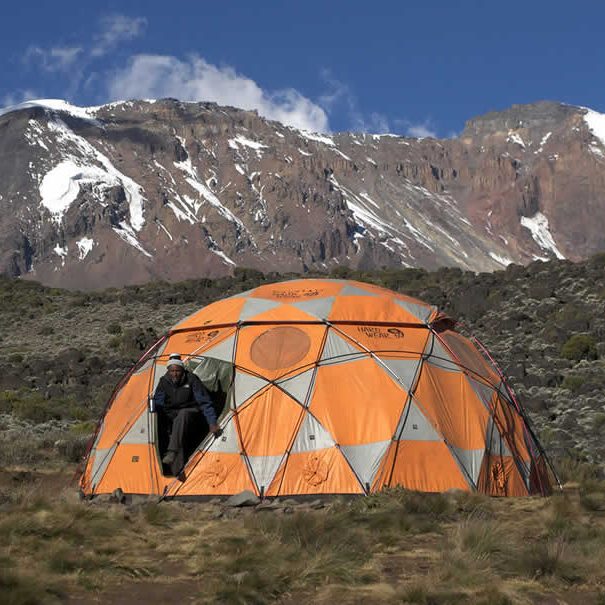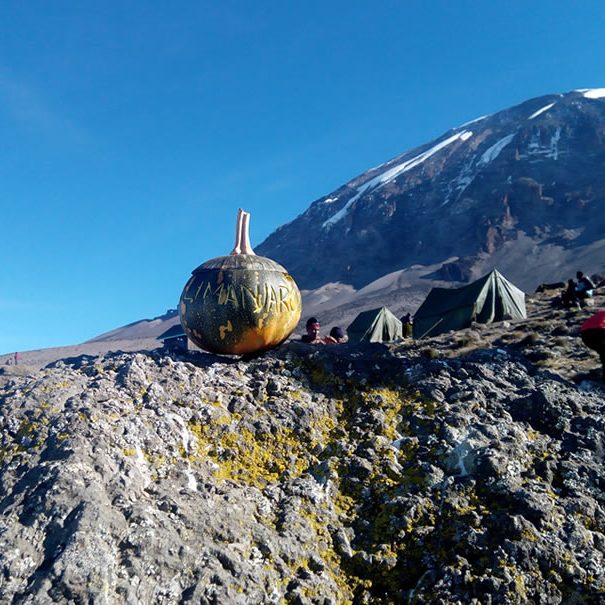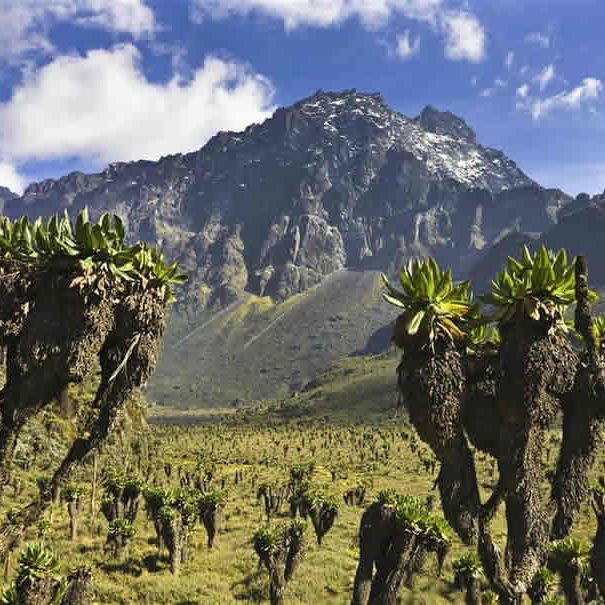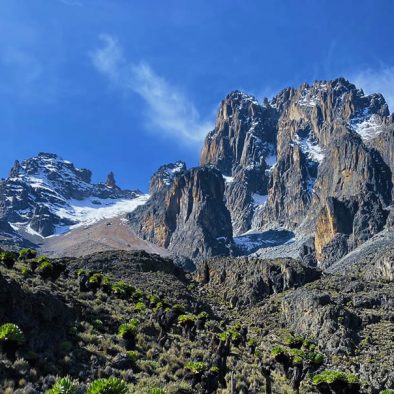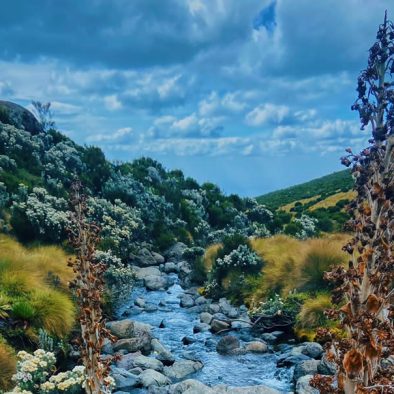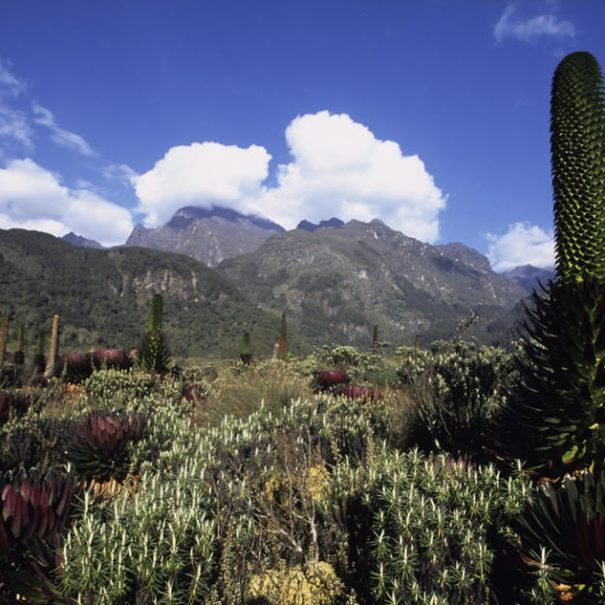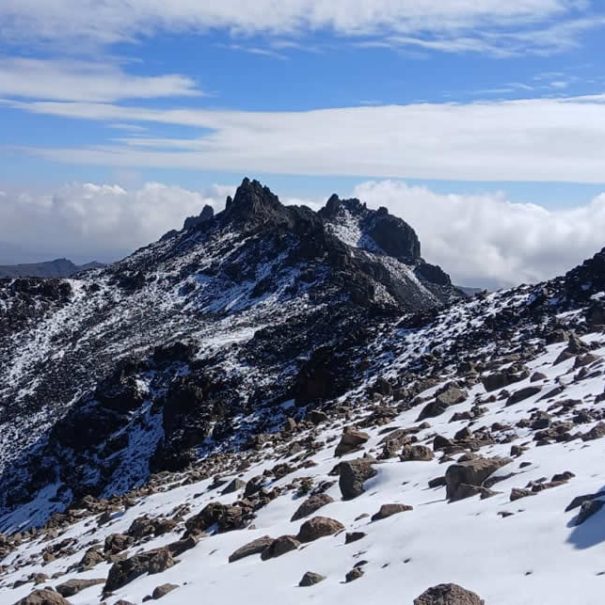Mount Kenya, located in central Kenya, is a magnificent destination renowned for its breathtaking glaciers and majestic peaks. As Africa’s second-highest mountain, Mount Kenya offers a unique blend of natural beauty and adventure. In this article, we will delve into the geological formation of Mount Kenya, explore the captivating glaciers that grace its slopes, and embark on a journey to its awe-inspiring peaks. Let us embark on a remarkable exploration of the glaciers and peaks of Mount Kenya.
The Geological Formation of Mount Kenya
Mount Kenya is a stratovolcano that was formed millions of years ago through geological processes. It is the result of tectonic activity, where the movement of Earth’s plates led to the formation of a massive volcanic cone. Over time, repeated eruptions and subsequent cooling formed layers of lava and ash, shaping the mountain we see today. The glaciers and peaks that adorn Mount Kenya are a testament to its geological history, representing the unique features carved by nature’s forces.
Glaciers: Ice-cold Jewels of Mount Kenya
Glaciers are large masses of ice that form over an extended period due to the accumulation and compaction of snow. They are dynamic entities, constantly moving under their own weight. There are two main types of glaciers: valley glaciers and ice caps. Valley glaciers are long, narrow glaciers that flow down valleys, while ice caps are large, dome-shaped glaciers that cover mountainous areas. On Mount Kenya, the glaciers primarily take the form of valley glaciers, clinging to the slopes of the mountain.
Overview of the Glaciers on Mount Kenya
The glaciers of Mount Kenya are located on its highest peaks and upper slopes, where the temperatures remain low enough for ice to persist. Although the mountain was once covered by a vast ice cap during the last ice age, today, only a few glaciers remain. The glaciers on Mount Kenya are relatively small compared to those found in other parts of the world, but they still possess a captivating beauty.
Key Glaciers on Mount Kenya
Two notable glaciers on Mount Kenya are the Lewis Glacier and the Tyndall Glacier. The Lewis Glacier is the largest and most prominent glacier on the mountain, located on the eastern slope of Mount Kenya’s highest peak, Batian. It extends over an area of approximately 0.6 square kilometers. The Tyndall Glacier, on the other hand, lies on the southern slopes of Mount Kenya and covers an area of around 0.25 square kilometers. These glaciers, though modest in size, contribute significantly to the charm and allure of Mount Kenya.
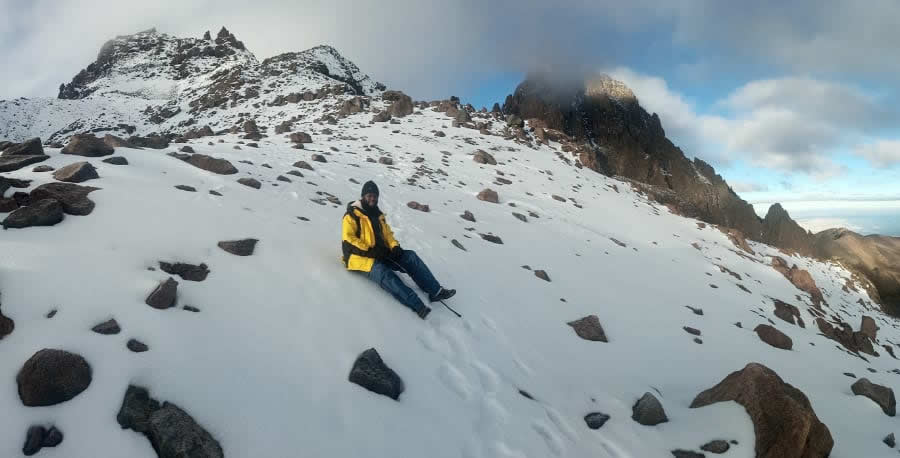
Factors Influencing Glacier Formation and Sustainability on the Mountain
- Climate Conditions and Precipitation
The formation and sustenance of glaciers depend largely on the prevailing climate conditions, particularly temperature and precipitation patterns. Mount Kenya’s high elevation, reaching over 5,000 meters, ensures colder temperatures that allow for the accumulation and preservation of ice. Adequate precipitation, in the form of snowfall, is crucial for glacier formation. The mountain’s location near the equator means that precipitation primarily occurs during the rainy seasons, often in the form of snow at higher altitudes. This consistent snowfall contributes to the growth and sustenance of the glaciers.
- Altitude and Topography
Altitude and topography play significant roles in glacier formation on Mount Kenya. The mountain’s lofty peaks and steep slopes create ideal conditions for ice accumulation. As moist air rises along the mountain slopes, it cools and condenses, leading to increased snowfall. The persistent cold temperatures at higher elevations prevent the ice from melting, allowing it to accumulate and form glaciers. Additionally, the topography of the mountain, with its deep valleys and crevassed areas, helps trap and preserve the ice, preventing its rapid retreat.
- Global Warming and Its Impact on Mount Kenya’s Glaciers
Mount Kenya’s glaciers, like glaciers worldwide, are experiencing the effects of global warming. The rise in global temperatures over the past century has led to the retreat and shrinkage of many glaciers worldwide, including those on Mount Kenya. The increased temperatures cause the ice to melt at a faster rate than it can accumulate, resulting in a net loss of ice. Studies have shown that Mount Kenya’s glaciers have been receding significantly over the years, with some estimates suggesting that they could disappear entirely within a few decades if the current warming trends continue.
The impact of glacier retreat on Mount Kenya goes beyond the loss of its icy beauty. Glaciers act as water reservoirs, providing a steady supply of fresh water to rivers and streams. Their disappearance could affect water availability downstream, impacting local communities and ecosystems that rely on these water sources. Furthermore, the loss of glaciers on Mount Kenya has ecological implications, as they provide unique habitats for specialized flora and fauna that are adapted to the cold and icy conditions.
Peaks of Mount Kenya: A Journey to the Sky
The peaks of Mount Kenya offer an exhilarating adventure for mountaineers and nature enthusiasts. The mountain boasts three main peaks: Batian, Nelion, and Lenana. Batian Peak, standing at 5,199 meters (17,057 feet), is the highest point and presents a formidable challenge to even experienced climbers. Nelion Peak, with its rocky outcrops and challenging terrain, is the second-highest peak, reaching an elevation of 5,188 meters (17,021 feet). Lenana Peak, at 4,985 meters (16,355 feet), is a popular destination for hikers and offers breathtaking panoramic views of the surrounding landscape.
Climbing Mount Kenya’s peaks requires careful planning and preparation. Various routes, each with its own level of difficulty, lead to the summits. The Chogoria and Naro Moru routes are among the most frequented paths, offering a mix of challenging sections and stunning scenery. Technical skills, physical fitness, and acclimatization are essential for a successful climb. Mount Kenya’s peaks not only offer an adrenaline rush and a sense of achievement but also reward climbers with awe-inspiring vistas and a profound connection with nature.
Conservation and Challenges
Preserving the glaciers and peaks of Mount Kenya is of utmost importance to safeguard its natural heritage. Mount Kenya faces numerous environmental challenges that pose a threat to its ecosystems. The primary concern is global warming, which accelerates glacier retreat and alters the mountain’s delicate balance. Additionally, deforestation and habitat destruction in the surrounding areas impact the mountain’s biodiversity and disrupt the natural ecosystem. Human activities such as illegal logging and pollution further exacerbate these challenges, demanding immediate attention and conservation efforts.
To mitigate these threats, conservation initiatives are being implemented to protect Mount Kenya’s natural wonders. The government has established regulations and designated protected areas to ensure sustainable management of the mountain. Community engagement plays a vital role, as local communities are encouraged to participate in conservation efforts and sustainable tourism practices. By promoting responsible tourism and raising awareness about the importance of preserving Mount Kenya’s glaciers and peaks, we can contribute to the long-term conservation of this majestic destination.
Conclusion
The glaciers and peaks of Mount Kenya hold a special place in the hearts of adventurers and nature enthusiasts. Their sheer beauty and grandeur evoke a sense of wonder and awe. The geological formation of Mount Kenya has given rise to these magnificent features, shaping the mountain’s identity over millions of years. However, the impact of climate change and human activities poses significant challenges to the preservation of these natural wonders. So, plan your journey, lace up your boots, and embark on an unforgettable exploration of Mount Kenya’s glaciers and peaks.

